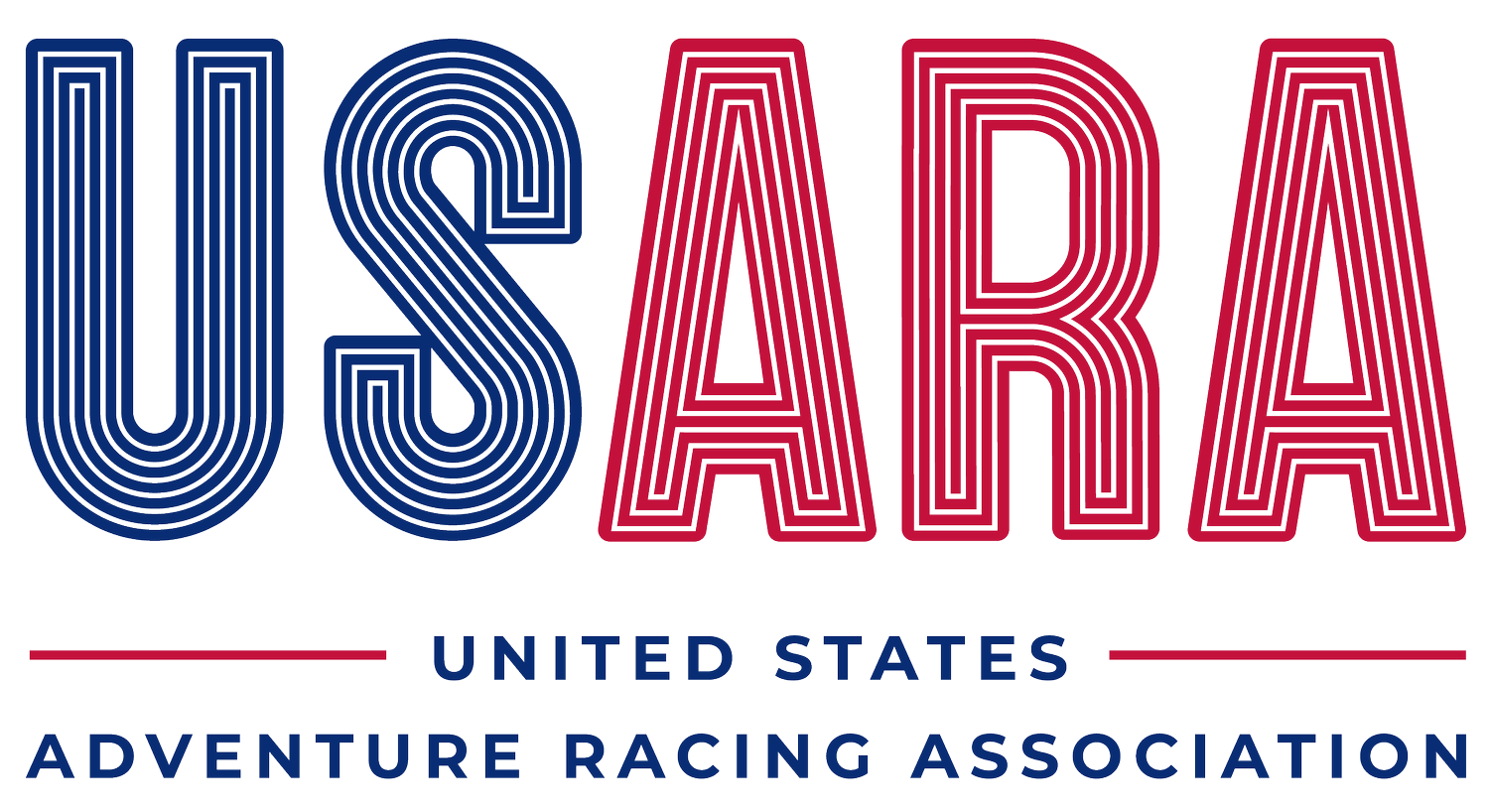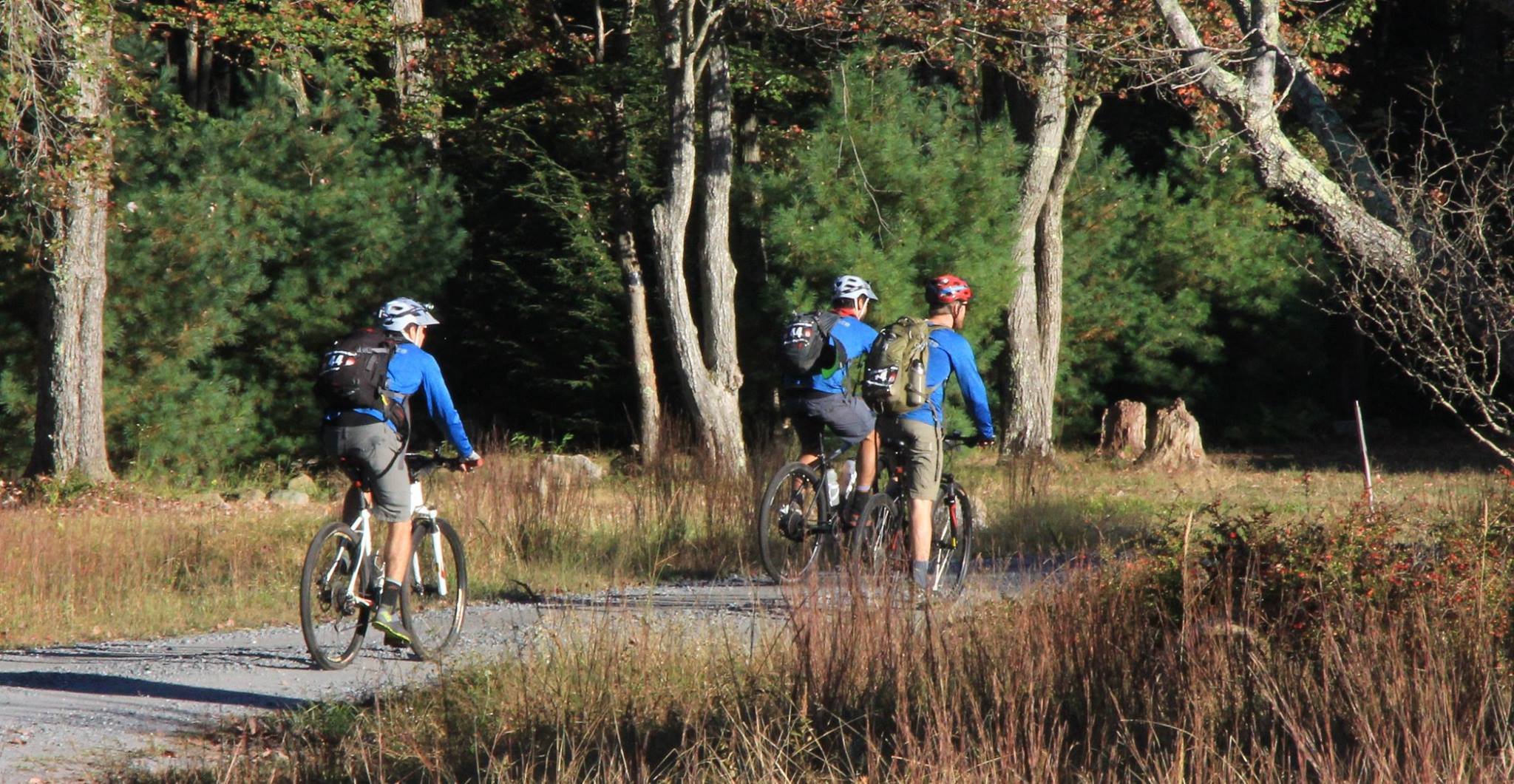Skills/Training: Biking
First, no, you don’t need to buy the fanciest bike in the world. While many racers dream of the newest, lightest bike, be aware that bikes take a heavy beating in adventure racing. This isn’t a buyer’s guide for a new bike, but any bike capable of tackling dirt will do when you start out.
In adventure racing, you will need to be prepared for all sorts of riding. Even in a shorter race, you will likely encounter different flavors of biking. Yes, the section may be called 'mountain biking,' but AR riding can and does involve the following: paved surfaces, dirt roads, old jeep tracks, single-track trails including smooth, groomed trails and gnarly technical ones, and even sections where one simply dreams about riding the bike while they are, in reality, hauling their bike on a shoulder, shoving from behind, or throwing into a ditch. In short, be prepared for everything and anything! Here are some considerations for training:
Most important, all biking counts. Road riding, single track, indoor trainers. They all do the trick in helping you build endurance on the bike.
As is true for all AR disciplines, make sure you spend quality time in the saddle. Build up your sit-bones, and try to sneak in a long ride or two each week.
Hills are hills, regardless of whether you are on foot or bike. So, make sure you do some hill riding. Find a steep hill, a long one, or both, and do some repeats. Find where your are most efficient. You don’t want to go too fast and expend all your energy halfway up a climb, and you need to be ready for the next hill after this one...
Trails: Especially if you are new to AR and to mountain biking, building up your skills on the trails will change your race experience. You don’t need to master bunny hops or get comfortable dropping off a short cliff face, but you’ll want to be able to handle the typical rocks and roots that you find while trail-riding. From my experience, riding fast, smooth, flowing trails in an adventure race is an exception. More often, you will find stretches of the course that require an intermediate level of comfort with rocks, roots, and elevation. You don’t have to ride it fast, but if you end up getting on and off your bike every couple of minutes, you won’t have much fun and you may have to skip other parts of the course. It’s OK if you do, but getting comfortable on trails might be the single best thing you can do for yourself as you prepare for biking in an adventure race. You just need to make steady progress!
Join a local mountain biking club or find some friends/groups who ride. Getting out there with fellow mountain bikers, learning from them, and working on your skillset while trying to keep up is, perhaps, the best way to learn. If you can take a local skill-building course from an instructor, great. But just getting out and practicing with other riders goes a long way.
Ride those trails, but mix in some long rides on pavement, too. In day-long and multi-day events, races often include long stretches of road riding to connect more interesting parts of the course or to navigate around private property. Racers who have a small armada of bikes sometimes prefer this sort of training on sleek road bikes, but I’d encourage you to ride whatever bike you will be using on race day (likely not the sleek road bike…). As I said, you want to get comfortable on all surfaces. No, you won’t cover as many miles, but that’s OK. It’s more about the time in the saddle and building fitness. You’ll do both, and I’d argue you might get a better workout on the heavier, clunkier bike with poor wind resistance than the dialed-in carbon bullet that allows you to hum along at 25-30 mph.
When gearing up for your first race, consider that a sprint race usually includes approximately 15 miles of biking (+/-). A half-day event might include twice that amount, maybe a bit more, and your can expect 50 miles or more in a 24-hour event. Terrain and course design tend to correlate with distances. A course with significant amounts of road riding might include higher mileage on the bike, whereas those that are more rugged will have less.
Practice with a Map Board: If you are the navigator, one thing you learn quickly on a bike leg is that its hard to hold a map in your hand while also wanting to hold the handlebars. A Map Board that installs onto your handlebars is a very good investment that allows you to put your map in front of you while riding while keeping yours hands on the handlebars for full control/safety while riding. That said, it might take some getting used to riding with your map board, don’t wait until race day to use it for the first time.



